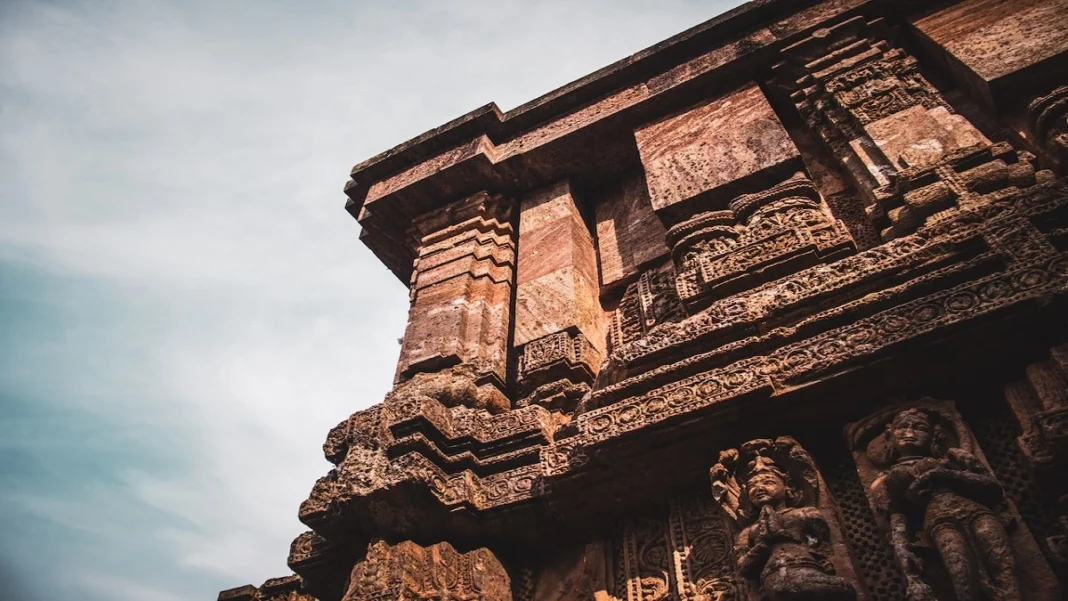Perhaps one of the most brilliant astronomies yet imagined is preserved in the writings of the historic Indian Culture. It is a short or medium calendar tradition that covers trillions of decades and is referred to as the Yuga Cycle.
The Yuga cycles are analogous to Plato’s description of the Greek Great Years. These days, astronomers are aware of the equinox precession timeframe. The Vedas, the first written record scriptures on Earth, first documented the Yuga cycles, which depict this gradual rotation of the zodiac charts.
The 4 Yuga Cycles: What are They?
The Yugas are a phase that lasts for approximately 25,920 years and is connected to the equinox precession, often known as the “Great Year.” Generally speaking, ancient Indians believed in a period known as the Maha Yuga, which is made up of 4,320,000 years.
It is divided into four Yuga timelines. Each represents a period in terms of how well humanity has understood the non-physical or spiritual realm.
Throughout the cycle, specified lengths of time are allotted to each of the four Yugas. The time between two Yugas typically has a 4:3:1 ratio, with the lowest denomination being about 1296 years. So, one Yuga is how many years?
The lengths of each era are debated today, but the preceding estimate is the most frequently used. The Kali Yuga could last for 2, 5920 years because the length of the period as a whole is around 25,920 years. Between four Yugas duration of 10,368 years, the Satya Yuga, or Golden Age, is lengthier.
Detail Description of 4 Yugas?
1. Satya Yuga
The Golden Age is considered the purest period in human history when harmony rules the world, and truth and love are cherished above all else. Mankind’s capacity to comprehend the heavenly world is thought to be at an all-time peak, and spiritual senses are also at their highest
2. Treta Yuga
It is believed that humanity can now understand the subtle forces at work across the cosmos as we go towards the third quarter of the Yuga cycle. Things that in the present world appear unthinkable begin to be recognized.
3. Dwapara Yuga
The cycle’s second quarter is associated with mental virtue. At this time, people will start to understand spiritual concepts and start implementing them globally.
4. Kali Yuga
The fourth and current era in the Yuga cycle is known as the Kali Yuga. It also marks the conclusion of a cycle of four ages and is usually referred to as the Dark Age. According to Hinduism, the Kali Yuga results in the end of the world and the beginning of a fresh cycle of the four Yugas
The Vedic Period and the Four Yugas
The Vedic time portrays our universe as being formed, destroyed, and rebuilt in an endless cycle, in contrast to the Western understanding of linear time. The Yuga, the fundamental time unit of our cosmos, is a crucial component of global time. The Vedas claim that the Vedic clock is unending.
How the Ancients evolved to grasp the Yuga Cycles remains a mystery. A particular image covering such a long time would have required absurdly long measurements passed across many centuries.
Also Read: Dokra Kali – the Ancient Tribal Art Form Revived in the Indian Goddess


